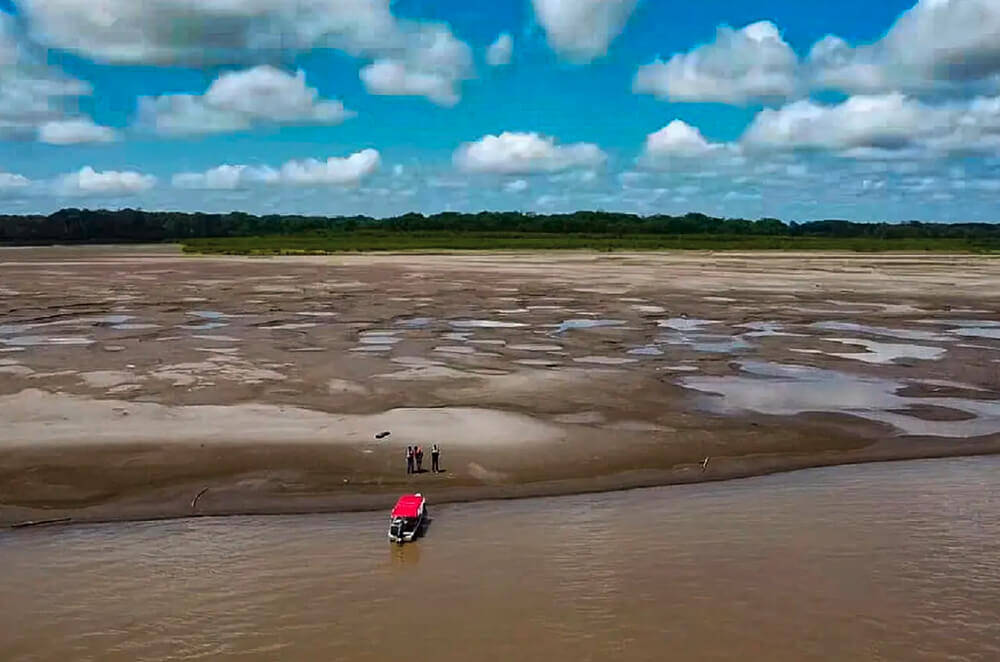
Droughts in Panama and the Amazon: Causes and Consequences
Fecha: 11/03/2024
Drought. The word has been repeated in relation to Latin America since mid-2023 and up to today. The region has indeed faced peaks of extreme heat and longer, more intense drought episodes than usual.
Perhaps the two most visible examples of this are the Panama Canal and the Amazon River. The first made global headlines when water shortages forced the imposition of transit restrictions that disrupted supply chains for companies worldwide. Meanwhile, the Amazon River and several of its tributaries made (sad) history by reaching their lowest levels in 120 years.
The Amazon is the world's largest river by discharge volume of water; a fifth of the planet's freshwater flows through this crucial rainforest. But in 2023, the rivers dried up, leading to the death of hundreds of animals and triggering massive forest fires.
In Panama, low water levels in Lake Gatun directly impacted global trade. This artificial lake is essential for the operation of the Canal's locks, but drought conditions prevented it from functioning normally, causing bottlenecks and overall delays with costly consequences.
The role of El Niño
In the Amazon, deforestation and the effects of climate change have reduced rainfall and weakened the ability of the trees and soil to retain moisture, exacerbating the drought. However, besides global warming, there is another significant factor related to the current drought, which is also related to the situation in Panama: the El Niño phenomenon.
El Niño is a natural phenomenon that occurs in the Pacific Ocean and brings with it a peak in high temperatures. In fact, it was one of the factors that made 2023 the hottest year ever recorded.
In this case, El Niño has worsened low water levels in Panama and reduced rainfall in the Amazon. Indeed, the drought is expected to end or improve when El Niño disappears (probably by April 2024).
Economic and social consequences
The bottlenecks and delays in the Canal, costing millions of dollars to companies worldwide, have highlighted how the climate crisis affects us all, including those contributing to its development with high emission levels. Such situations demonstrate that we would all benefit from an economy less dependent on fossil fuels.
At the regional level, the drought in the Amazon basin has had a huge impact. It caused, for example, power outages in Ecuador and Venezuela when low water levels forced the closure of a major hydroelectric plant in Brazil that supplies both countries.
Of course, it also led to the loss of biodiversity and the degradation of one of the world's most important rainforests, besides impacting millions of people whose livelihoods were threatened by water scarcity, fires and poor air quality.
In fact, this is one of the major concerns regarding climate change in Latin America: that it will worsen poverty and trigger climate-associated mass migrations. Episodes of extreme drought, like the one that has been ongoing for months, are precisely the type of challenges that the region will face with increasing frequency if the effects of global warming are not reversed.
